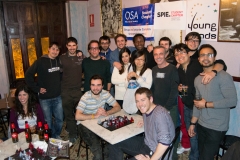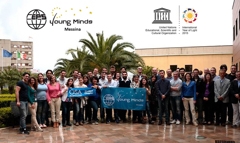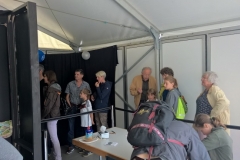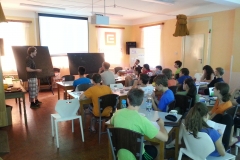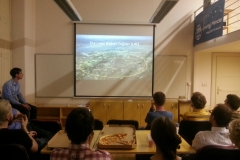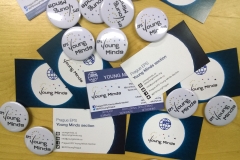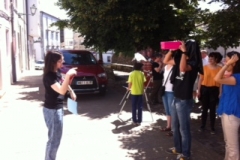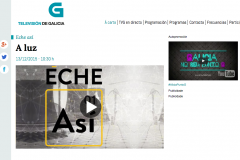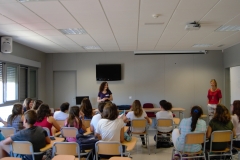 We have celebrated our first Drawing contest from February the 20th to June the 5th in which kids from 10 to 15 had the great opportunity to participate in a contest where they could win a tablet and also during the creation process they could learn about the importance of light and physics in everyday life
We have celebrated our first Drawing contest from February the 20th to June the 5th in which kids from 10 to 15 had the great opportunity to participate in a contest where they could win a tablet and also during the creation process they could learn about the importance of light and physics in everyday life
The way to judge the work was the following:
We have settled three criteria that the best work should full fill in scale of 20, being 0 the lowest grade and 20 the maximum.
The work with two works with the maximum amount of points have won the prize.
The three criteria are the following:
- The relation of the art work to the thematic of the contest,
- The quality of the composition.
- The creativity and originality.
The jury have announced the names of the winners during the first day of June in the website of the Group of Optics Castellón.
When finally the names of the respective winners were announced we have scheduled a day with the respective schools of the winners, in order to have a ceremony. During the ceremony or award celebration, at the very beginning we have gave a talk focused on the international year of light focusing on the importance of light in the everyday life.
In general the response from the children was so good and gratifying, during the presentation they have found really interesting the possible applications of LEDs and LASERs. Thus, they have been asking so many questions about the machines that contain LEDs and LASERs. Moreover, the winners showed interest about physics topics.

